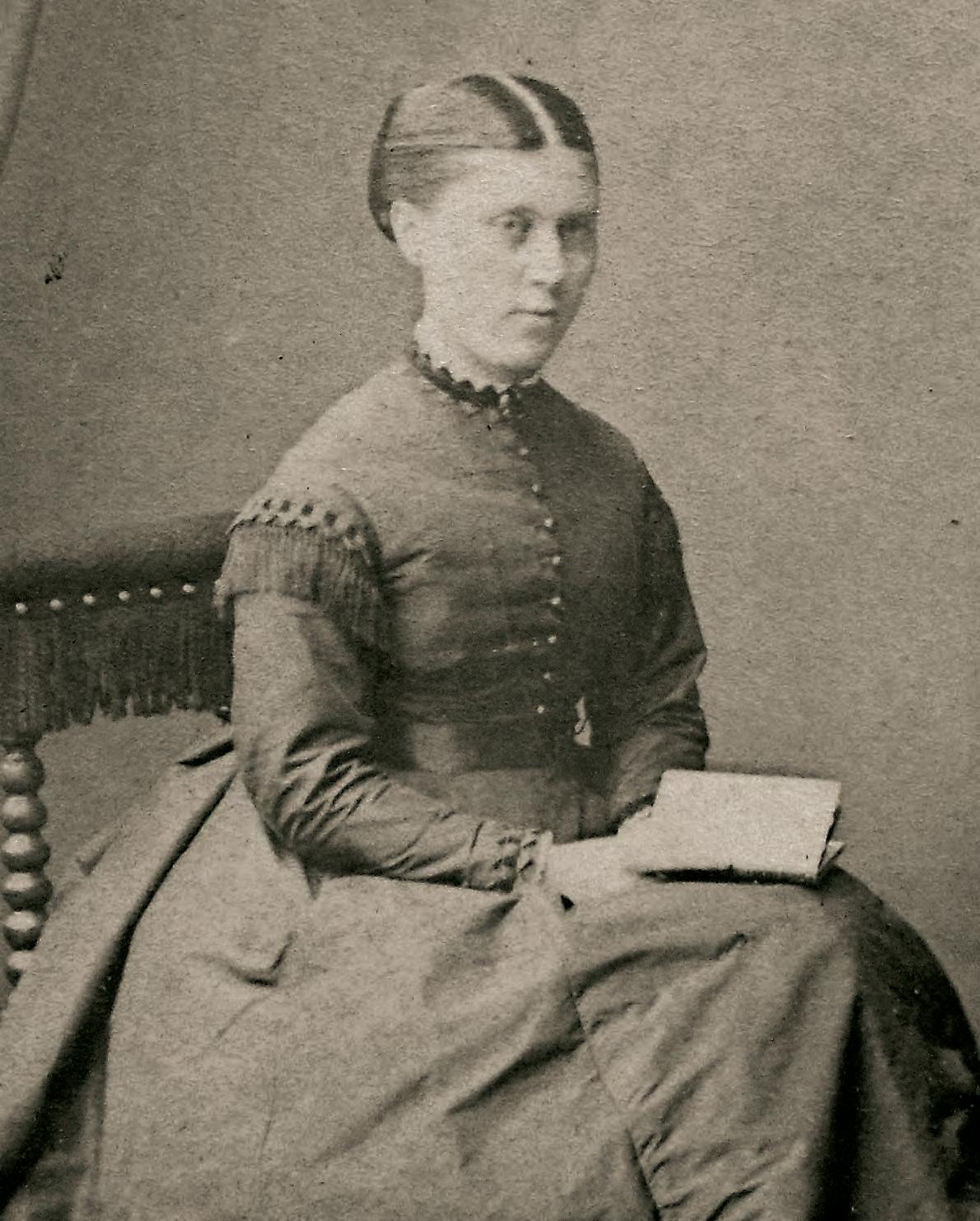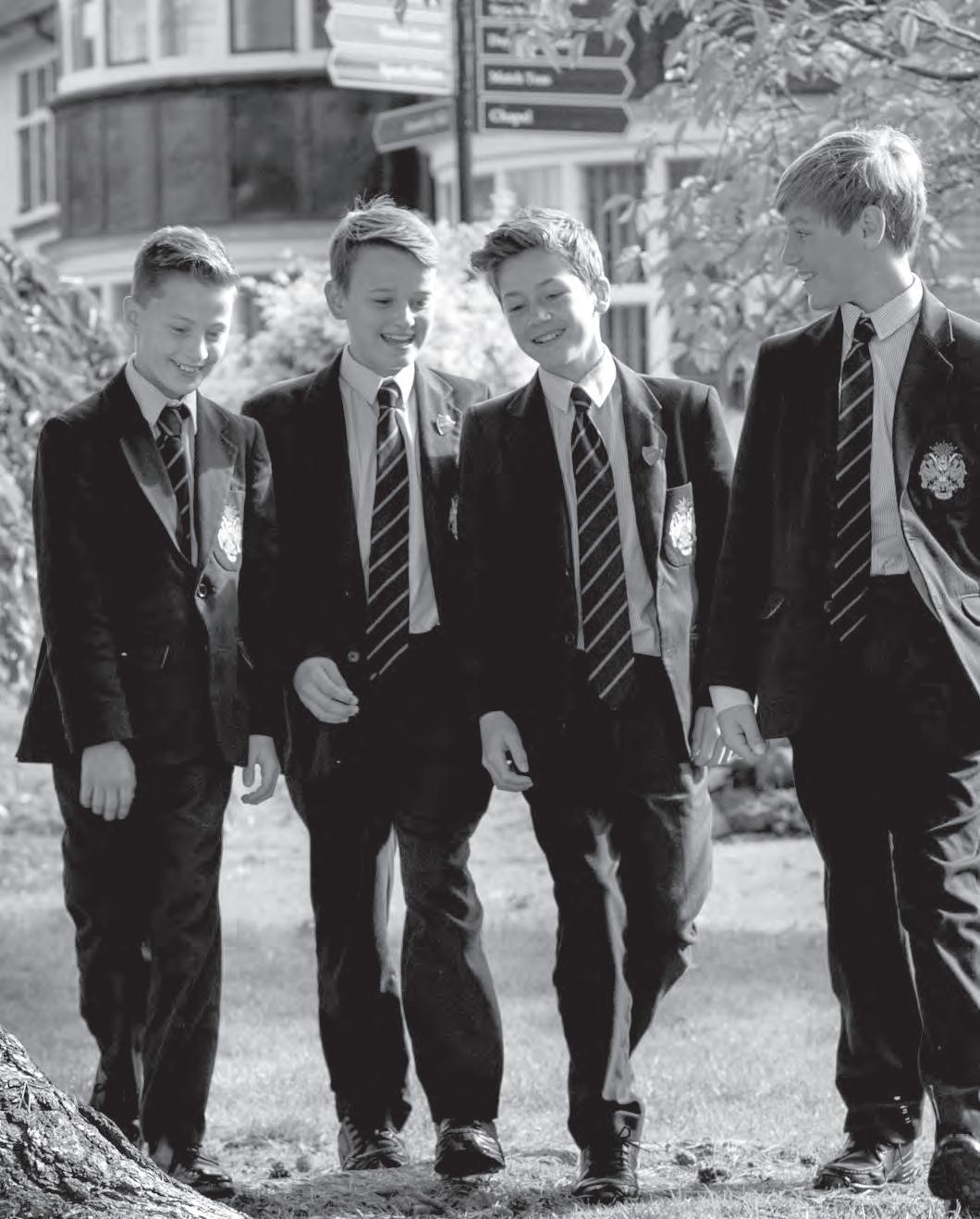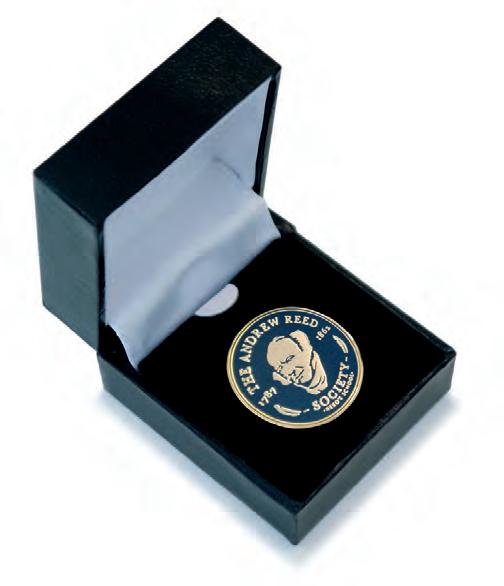
7 minute read
From the School Archives
Fifty Years Ago
“The wide choice of activities available in the School at present may undoubtedly raise questions.”
Advertisement
Those words were written in the Editorial of the Reedonian of 1967 and with some justification. If the clubs and societies of a School mirror the interests of any given generation, then the late 1960s were an eclectic mix at Reed’s. Here is the list of clubs and societies that existed fifty years ago; The Music Society, The Christian Union, The Astronomical Society, The Political Society (Polity for short), The Sixth Form Art Society, The Printing Society, The Art Society (separate from the Sixth Form version), The Judo Club, The Junior Science Society, The Practical Chemistry Society, The Zoological Society, The Motor Car Club, The Philatelic Society, Brass Rubbing and The Motor Boat Society.
But of course that list did not include all the other activities available fifty years ago. There were Outward Bound Courses, Mountaineering and Adventure Corps, Shooting, Sailing and Skiing Holidays, not to mention the activities of the Combined Cadet Force.
The Editorial concluded, “It is impossible to say which of the many activities pursued by a boy at the school will bear fruit. A grade “A” may be less important than an interest in Drama or Public Speaking. A Society meeting may produce a future Prime Minister and a sailing holiday another Sir Francis Chichester. Failure in one field may produce success in another, and no roll of honour has yet been devised to include those boys who, somehow or other, have contributed to the School simply by the happiness and harmony they have spread by their presence, who have won no material awards, but have created part of the tone of the school. It is by helping boys to find themselves, to come to terms with the life around them that the variety of activities in the School is justified.”
One Hundred Years Ago
The Great War continued to rage and claim
even more lives; 1917 witnessed the highest number of deaths from within the ranks of the School’s former scholars – 29.
The year also claimed its youngest and its oldest former pupils in the conflict.
Lance Corporal Ernest Louis Eric Brosinovich
of the 8th Battalion South Staffordshire Regiment was 16 years and 10 months when he was killed in action on the 16th May 1917. Notwithstanding the fact that he was too young to enlist and fight, he joined the fray and paid the ultimate price before his life had truly begun. Ernest was the son of a shipping clerk and was born in Odessa. His grandfather was a shipping and insurance broker, originally from Buccari in what was Bosnia and is now Croatia. He had come to England in the 1860s to set up a shipping business in North Shields and became a British citizen in 1868. Ernest’s father died in Odessa in 1909, at which point he and his sister Dorothy came to England and were admitted to the School. Dorothy went on to become Head Girl and after leaving school became a teacher. For a time she was a Head Teacher in South Africa before returning to England where she held various teaching positions. She died in 1988 at the age of 89.

Ernest Alfred Howard Kighley Sprange was born in February 1877 and was the oldest former pupil to die in the conflict when he was killed in action on the 16th September 1917 at the age of 40 years and 7 months. A married man with four small children, Ernest enlisted in the Poplar and Stepney Rifles, a Territorial Battalion. After training, Ernest was posted to Belgium on the 18th August 1917. Tragically, a mere thirty days later he was killed in action. Heavy German artillery shelling in the Ypres sector was recorded in the Battalion’s War Diary. The short report for the 16th September recorded the casualties for that 24 hours; four killed, eleven wounded and three missing. Ernest was one of the missing three and his name is commemorated on the Menin Gate at Ypres. Ernest Sprange left behind a widow, three sons and one daughter. His widow, Emily, never remarried and died fifty eight years later in 1975 at the age of 90.


Miss Emma Evans, Headmistress of the Girls’ School. Emma herself had been a pupil at the School in the early 1850s, following the death of her father and the sad demise of her mother in the mental institution called Bethlem Hospital.
If you’d like to learn more about the School’s history register on the Reed’s Heritage website and explore...
If you would like to contribute an article or a memoir or an artefact, please contact heritage@reeds.surrey.sch.uk for more details. We’d love to hear from you.
reedsschoolheritage.co.uk
One Hundred and Fifty Years Ago
In 1867 the School was in transition. It was just getting over its worst health scare fourteen months earlier, when nearly half the School was struck down by typhoid and 15 children died, and the Governors were actively looking for a new site away from Clapton which was being encroached upon by the sprawl of East London. It was a time for strong leadership and steady nerves. The Reverend Alexander Furnice Houliston took over the reins of the Boys’ School that year. He was young, only 25 years of age on appointment, and considered as a force for good by all who came into contact with him. The Board of Managers had complete confidence in his stewardship, he was loved by the boys and held the respect of all those associated with the institution. Academically, the School progressed well under his guidance. Amazingly, given the period in question, Houliston banned corporal punishment, an act almost unprecedented at that time. In fact it took until 1986 for corporal punishment to be banned in all secondary schools, including some private schools and a further twelve years for it to be banned totally in all schools. Tragically his time at the School was to prove all too short and he died of Consumption in 1874 at the young age of 31.
At the same time that Reverend Houliston was guiding the boys, Miss Emma Evans was entering her second full year as Headmistress of the Girls’ School. Emma herself had been a pupil at the School in the early 1850s, following the death of her father and the sad demise of her mother in the mental institution called Bethlem Hospital. Emma Evans brought a calm assurance to the Girls’ School following the typhoid outbreak, a point noted by the visiting external examiner:
“The sound and useful knowledge imparted to the children, and the careful mental training they receive throughout the course have enabled them to witness the shock of the sad epidemic which for a time thoroughly disorganised the School. Great energy and ability, coupled with hearty devotion to the work on the part of the teachers; and on that of the children, a healthy spirit of emulation, supplemented by a grateful desire to make the best return in their power, for the care bestowed on them, could alone have achieved this.”
Two Hundred Years Ago
From small beginnings in 1813, the School’s registers in 1817 stood at 37 girls and 27 boys.
The girls were accommodated in rented property in Bethnal Green and the boys in Hackney. It would be another five years before the move to a purpose built school in Clapton by which time there were 100 children in care.
One of the boys at the school in 1817 was Richard Parsley Hookham. Born ten years earlier in Coventry he had eight siblings and was admitted following the death of both his parents. The School’s records show there were no relatives able to support the orphans, but no indication of what happened to the other eight Hookham children.
Richard Hookham remained at the school until the early 1820s and then embarked on what was to be a very successful and profitable business career. He became a silk robe manufacturer and for over thirty years ran his business in Oxford. At various times he went into partnership with others, not all of them were a success. The property at 3 Cornmarket Oxford still exists and had once been a tavern frequented by William Shakespeare.
Richard Hookham had a long life, dying in April 1903 in South Yardley in Worcestershire at the age of 95. There is one small footnote about Richard Hookham. In 1898 he donated £100 to the School, a little over £10,000 today, saying that he thought he would save his executors the bother! He was 90 at the time and went on to say, “I was the very first boy to come under the Institution’s wings.” His case for admission to the London Orphan Asylum was taken up and supported by the slave abolitionist William Wilberforce and Richard travelled down all night from Coventry to London by mail coach. He arrived three hours before the other four boys who were to enter the School that day and as he put it,
Official records no longer exist, so we might have to take Richard’s word for it, although his friend Colpitts Harrison also claimed to be the first boy admitted to the School!










